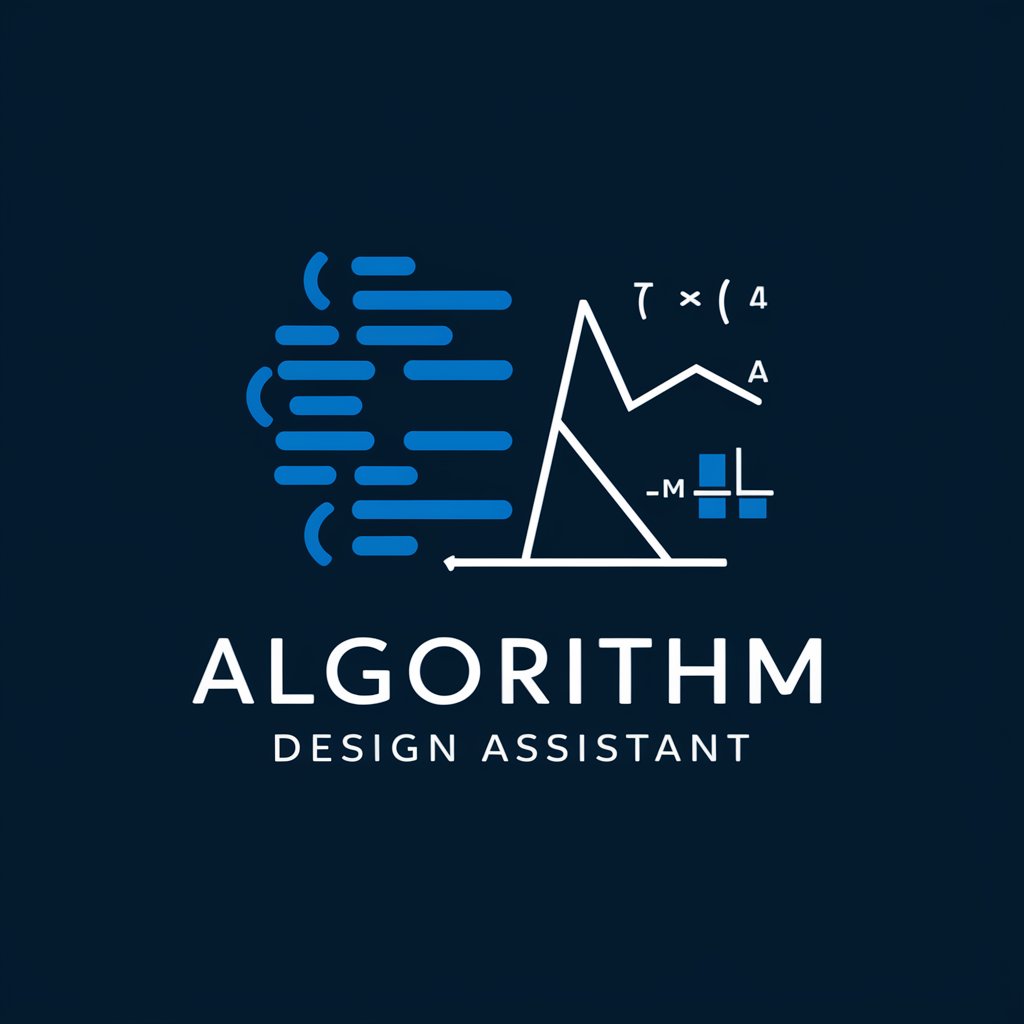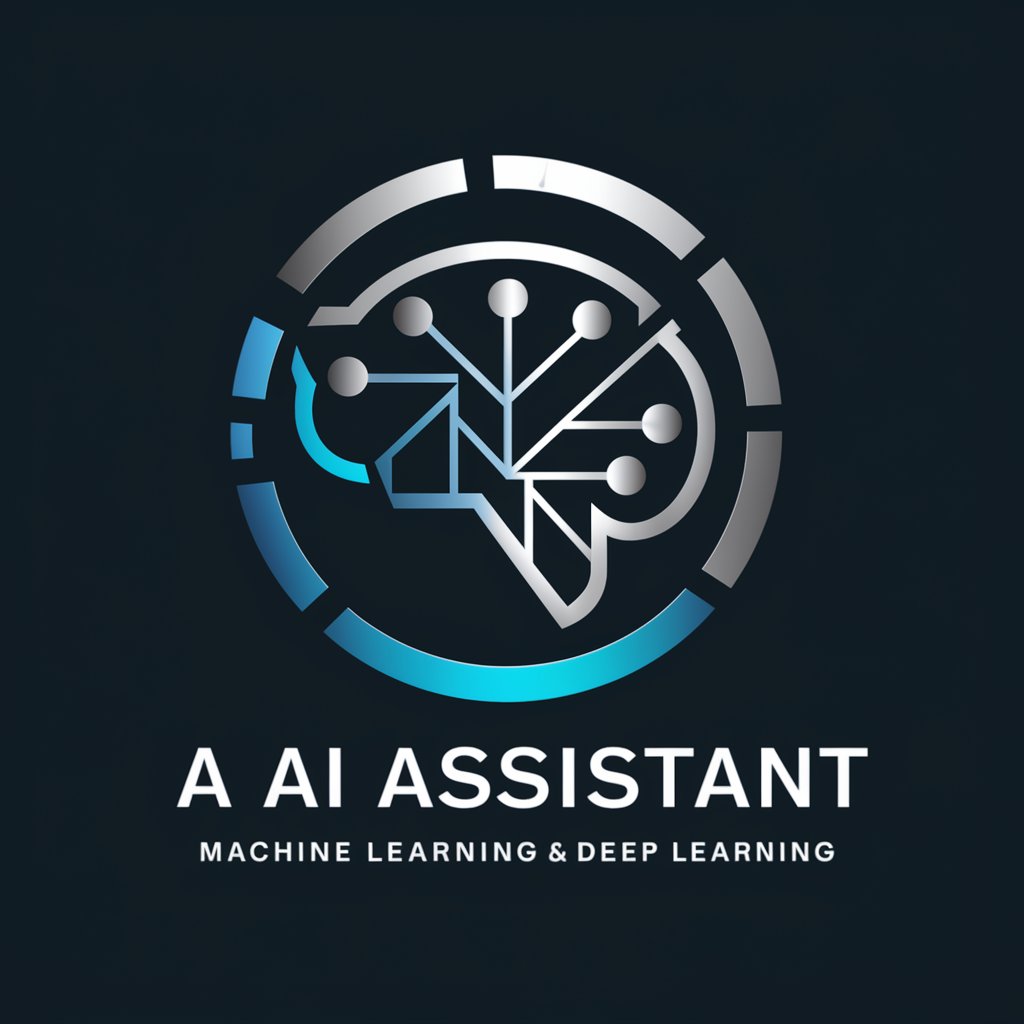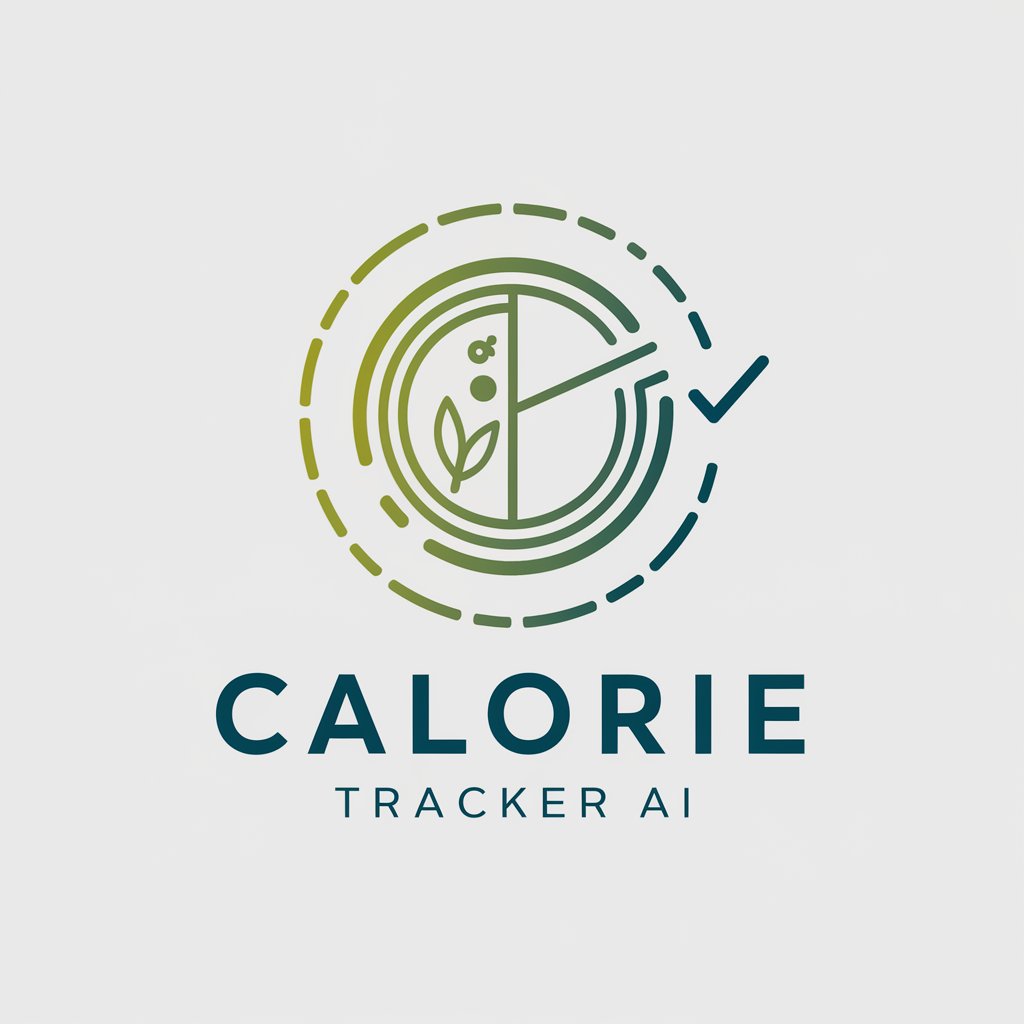The Algorithm - Algorithm Learning and Coding

Welcome to Algorithm Design Assistant!
Empowering innovation with AI-powered algorithm guidance.
Explain the use case of the Dijkstra algorithm.
Provide a Python implementation of the QuickSort algorithm.
What are the steps involved in analyzing an algorithm's time complexity?
Describe the difference between dynamic programming and greedy algorithms.
Get Embed Code
Introduction to The Algorithm Assistant
The Algorithm Assistant is designed to be a comprehensive resource for understanding, explaining, and coding various computer science algorithms. It aims to bridge the gap between theoretical algorithm concepts and their practical application by providing detailed explanations, implementation examples, and visual aids. The design purpose centers around making complex algorithmic concepts accessible to a wide audience, ranging from beginners in computer science to experienced programmers seeking to deepen their understanding or explore new algorithms. For instance, if someone is curious about sorting algorithms, The Algorithm can not only explain how quicksort or mergesort works but also show how to implement them in languages like Python, Java, or C++. It can further illustrate the efficiency and use-case scenarios for each algorithm, such as using quicksort for its average-case time complexity and mergesort for stable sorting in a distributed system. Powered by ChatGPT-4o。

Main Functions Offered by The Algorithm Assistant
Algorithm Explanation
Example
Explaining the concept and workings of Dijkstra's algorithm for finding the shortest path in a graph.
Scenario
A student working on a networking project needs to understand how to implement pathfinding efficiently.
Code Implementation
Example
Providing code snippets for binary search in Python, highlighting its logarithmic time complexity advantage.
Scenario
A software developer is optimizing a search feature in a large dataset and needs a fast, reliable algorithm.
Use-Case Discussion
Example
Discussing the applications of machine learning algorithms in predictive analytics and their implementation nuances.
Scenario
A data scientist exploring algorithms to improve the accuracy of future event predictions in their models.
Visual Aids and Pseudocode
Example
Using flowcharts and pseudocode to break down the A* search algorithm for game development.
Scenario
A game developer is designing a new game AI that requires efficient pathfinding in complex environments.
Ideal Users of The Algorithm Services
Computer Science Students
Students can leverage detailed algorithm explanations and examples to supplement their academic learning, prepare for exams, or work on projects, especially those requiring a deep understanding of algorithmic principles and coding practices.
Software Developers and Engineers
Professionals in software development and engineering fields can use The Algorithm for reference, learning new algorithms, optimizing existing code, or exploring solutions to complex problems encountered in real-world applications.
Data Scientists and Analysts
This group benefits from understanding and applying algorithms to data analysis, machine learning models, and predictive analytics, enhancing their ability to extract insights and make informed decisions based on large datasets.
Technology Educators and Trainers
Educators and trainers can use The Algorithm as a teaching aid, providing students with clear, accessible explanations and practical examples of algorithms to enhance their learning experience and practical skills.

How to Utilize The Algorithm
Initiate your journey
Start by visiting yeschat.ai for a hassle-free trial that requires no sign-up or ChatGPT Plus subscription.
Identify your needs
Determine the specific algorithmic problem you're looking to solve, whether it's for educational purposes, coding projects, or research.
Explore functionalities
Familiarize yourself with the various features of The Algorithm, including explanations, coding examples, and algorithm implementations in multiple programming languages.
Engage with the tool
Use the provided instructions and code examples to practice implementing algorithms, enhancing your understanding and proficiency.
Optimize your experience
Leverage advanced queries and specific examples to gain deeper insights and solutions tailored to your unique challenges.
Try other advanced and practical GPTs
Weather Graphics Wizard
Visualize Real-Time Weather with AI

辛口アドバイザー
Straightforward advice, powered by AI

おちむらいふBOT
Discover plushie joy and photography magic with AI.

Alternative Propulsion Expert
Powering innovation with AI-driven propulsion expertise.

Afropolitan Nation
Empowering Africa with AI Innovation

保健室華菟
Nurturing Your Mind and Body with AI

Ruby on Rails
Build web applications with ease and speed.

Flutter Riverpod GPT
Empowering Flutter development with AI-powered Riverpod guidance

Viral Hook Maker
Crafting Captivating Content with AI

Machine Learning
Empowering AI-Driven Solutions

Alexis Sophia先生と学ぶ『ギリシャ神話×自己成長』
Explore Myths, Uncover Growth

Calorie Tracker
AI-Powered Precision in Calorie Counting

Frequently Asked Questions about The Algorithm
What makes The Algorithm unique compared to other AI tools?
The Algorithm stands out by specializing in computer science algorithms, offering detailed explanations, use cases, and implementations across various programming languages, tailored for learners and professionals alike.
Can The Algorithm help with academic assignments?
While The Algorithm provides in-depth insights and examples for educational purposes, it adheres to ethical standards by not offering direct solutions to academic assignments to encourage learning and understanding.
What programming languages does The Algorithm support?
The Algorithm supports a wide range of programming languages including Python, Java, C++, and more, providing versatile tools for users to learn and implement different algorithms.
How can beginners benefit from using The Algorithm?
Beginners can benefit from The Algorithm's step-by-step explanations, practical examples, and visual aids, making complex computer science concepts accessible and understandable.
Is The Algorithm suitable for advanced users?
Yes, advanced users can delve into complex algorithmic problems, explore optimizations, and engage with advanced functionalities to enhance their knowledge and skills.
